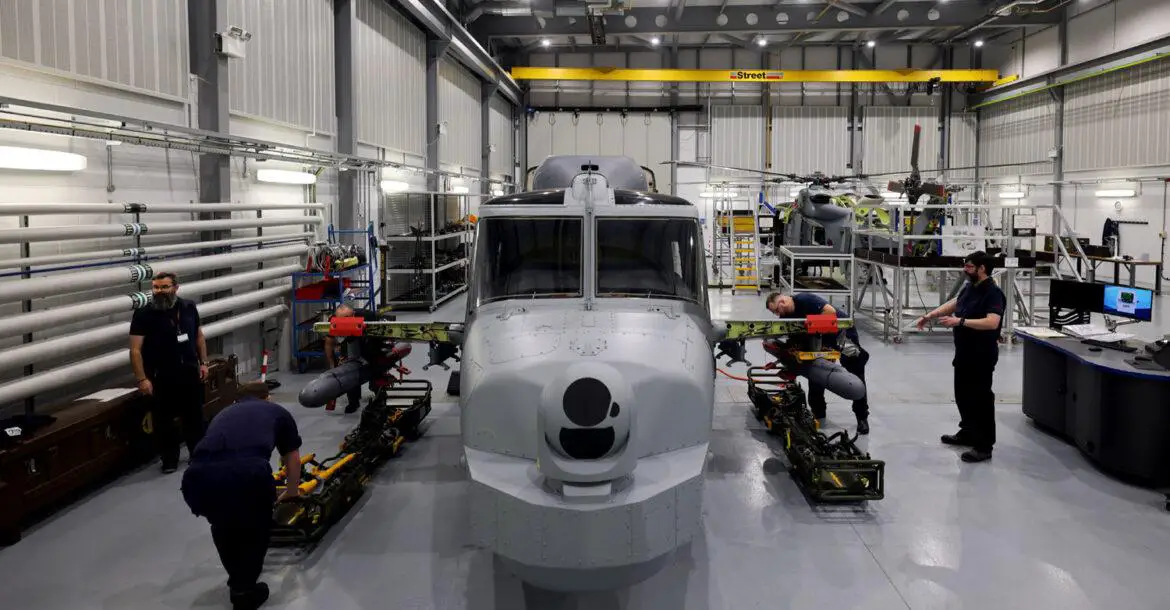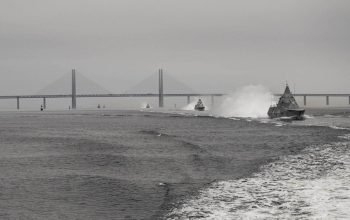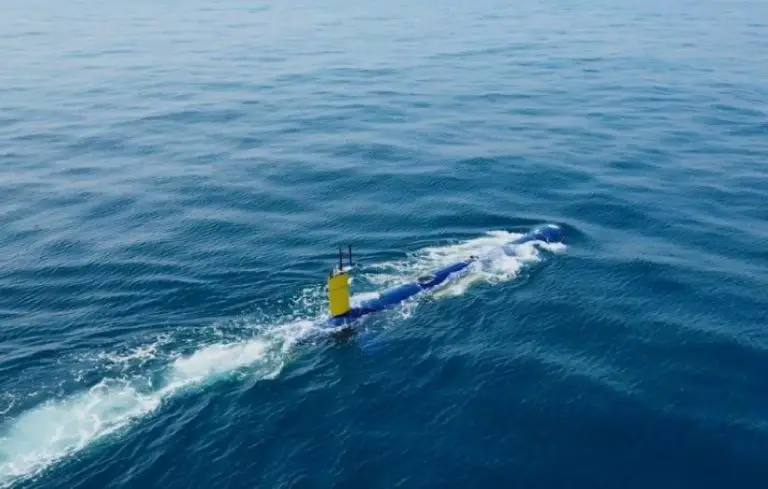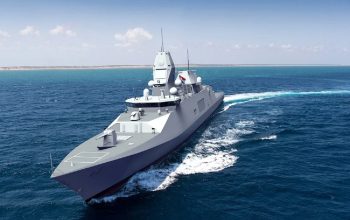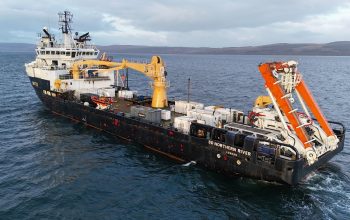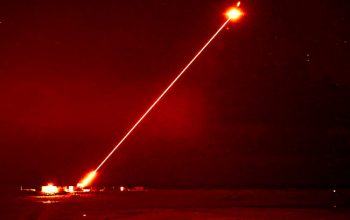Sailors have a multi-million-pound new trainer to fit the latest weaponry to Wildcat helicopters. The Weapons Loading System Trainer installed at RNAS Yeovilton in Somerset prepares crews to ‘tool up’ Wildcat with new Martlet and Sea Venom missiles, plus Sting Ray torpedoes. The lightweight Martlet is the first of two next-generation air-to-surface missiles for the Fleet Air Arm, designed to take out small, light, fast-moving craft such as speedboats and jet skis. Martlet is increasingly making its presence felt on the front-line; the missile was fired during last year’s Carrier Strike Group to the Pacific and, more recently, against the hulk of former US Navy frigate Boone, during a test of the latest naval weaponry in the North Atlantic. The heavier, larger Sea Venom – due in service in a couple of years’ time – is intended to disable major warships.
To ensure crews can prepare both weapons – alongside the existing Sting Ray torpedo – there is now a replica Wildcat specifically for loading/attaching weapons, complete with working systems to tell crews if they’ve made a mistake – or for instructors to simulate errors and faults. Both new missiles are considerably less complicated to fit to a helicopter than the Fleet Air Arm’s last air-to-surface weapon, Sea Skua, which required a lot of preparations. That said, it’s not like, say simply plugging in a USB stick. The weapons wings alone which carry the missiles or Sting Ray torpedo are heavy – each one takes four sailors to lift – and packed with cabling, wires, hydraulics and tech either feeding data to the weapons or as part of their release mechanisms.
“I reckon once we have got through the training, we’ll have something which is really quite slick. The whole set-up is fantastic – like dealing with a real aircraft,” said Chief Petty Officer Kristoffer Martin, Senior Maintenance Rating (SMR), of 815 Naval Air Squadron’s Rascal 1 Flight.
“It’s a great asset – and it has greatly enhanced our training. When Flights move on to work on a live aircraft, they have seen it before. It fills them with confidence. It’s a great asset – and it has greatly enhanced our training. When Flights move on to work on a live aircraft, they have seen it before. It fills them with confidence, ”, said Lieutenant Commander Joe Keane, the Senior Naval Instructor at the Wildcat Training Centre
A well-honed team should be able to prep Wildcat for a combat mission in under four hours. At sea, the wings are fitted in the hangar, the weapons installed on the flight deck for safety. Crews undergo a nine-day course, from a day of theory and safety and written exam, to practical training. The training also focuses on the defensive aids suite – chaff and flares – and the 50 cal heavy machine-gun. Each wing can carry a combination of:
• 10 x Martlet in launchers or
• 5 x Martlet in launchers and 1 x Sea Venom or
• 1 x Sting Ray torpedo


